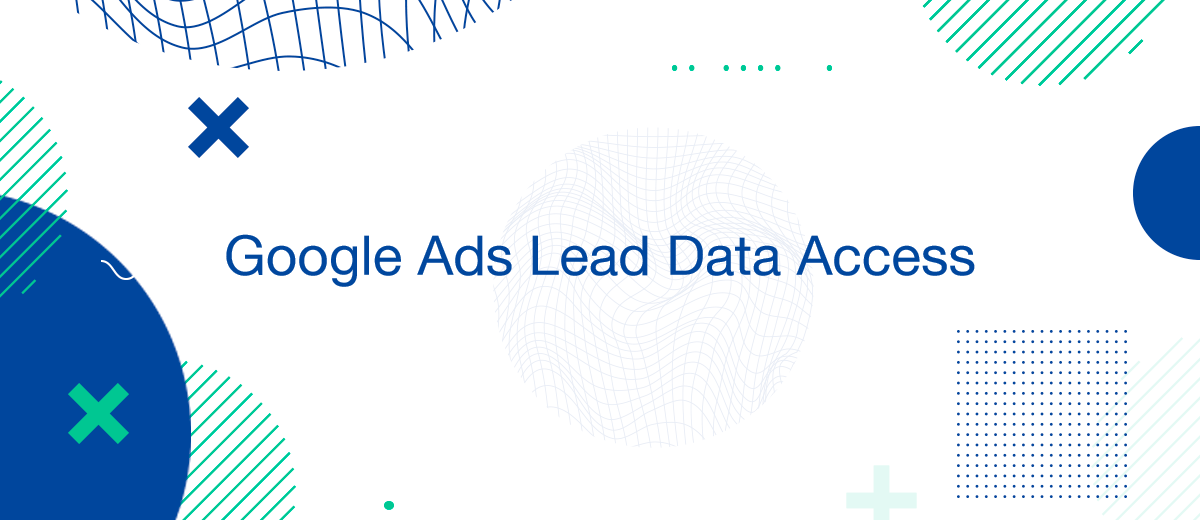Lead forms on Google Ads provide a valuable resource for capturing potential customer information directly through your advertising efforts. Efficiently managing this data can significantly enhance your marketing campaigns, improving both reach and relevance. This article explores how to access and utilize lead form data from Google Ads, ensuring that you can seamlessly integrate this information into your broader marketing strategies.
Understanding Google Ads Lead Forms
Google Ads lead forms are designed to simplify the lead generation process by embedding a customizable form directly in your ads. These forms allow potential customers to easily provide their contact information, which can be critical for your sales and marketing efforts. Understanding how these forms function is the first step in leveraging the data they collect.
Setting Up Lead Forms in Google Ads
Setting up lead forms within your Google Ads campaigns involves several critical steps:
- Select Your Campaign Type: Lead forms are available for Search, Display, YouTube, and Discovery campaigns.
- Create the Lead Form: Customize the form to ask for the information that is most relevant to your business needs, such as names, email addresses, and phone numbers.
- Define the Lead Form’s Call-to-Action: The CTA should be compelling and clearly state what the user gains by submitting their information.
Retrieving Lead Form Data
Once your lead forms are active and collecting data, accessing this information is crucial for following up on potential leads:
- Direct Download: Manually download lead form data from Google Ads in CSV format.
- Webhook Integration: Set up a webhook for the lead form to send data directly to your customer relationship management (CRM) system or other databases in real time.
Integrating Lead Form Data with CRM Systems
Integrating lead form data into your CRM system can automate and streamline your lead management process. Tools like SaveMyLeads provide a seamless connection between Google Ads and various CRM platforms, enabling automatic data transfer and ensuring that no potential lead is missed. This integration helps in nurturing leads through timely and personalized follow-up communications.
Best Practices for Managing Lead Data
Effective management of lead data can dramatically improve your conversion rates. Here are some best practices:
- Regular Data Review: Regularly check the quality of the data collected and adjust your lead forms as needed to improve data accuracy and relevance.
- Privacy Compliance: Ensure your lead collection practices comply with relevant data protection regulations such as GDPR.
- Lead Segmentation: Use the data to segment leads based on their information and behaviors, allowing for more targeted and effective marketing campaigns.
Are you using Facebook Lead Ads? Then you will surely appreciate our service. The SaveMyLeads online connector is a simple and affordable tool that anyone can use to set up integrations for Facebook. Please note that you do not need to code or learn special technologies. Just register on our website and create the necessary integration through the web interface. Connect your advertising account with various services and applications. Integrations are configured in just 5-10 minutes, and in the long run they will save you an impressive amount of time.
